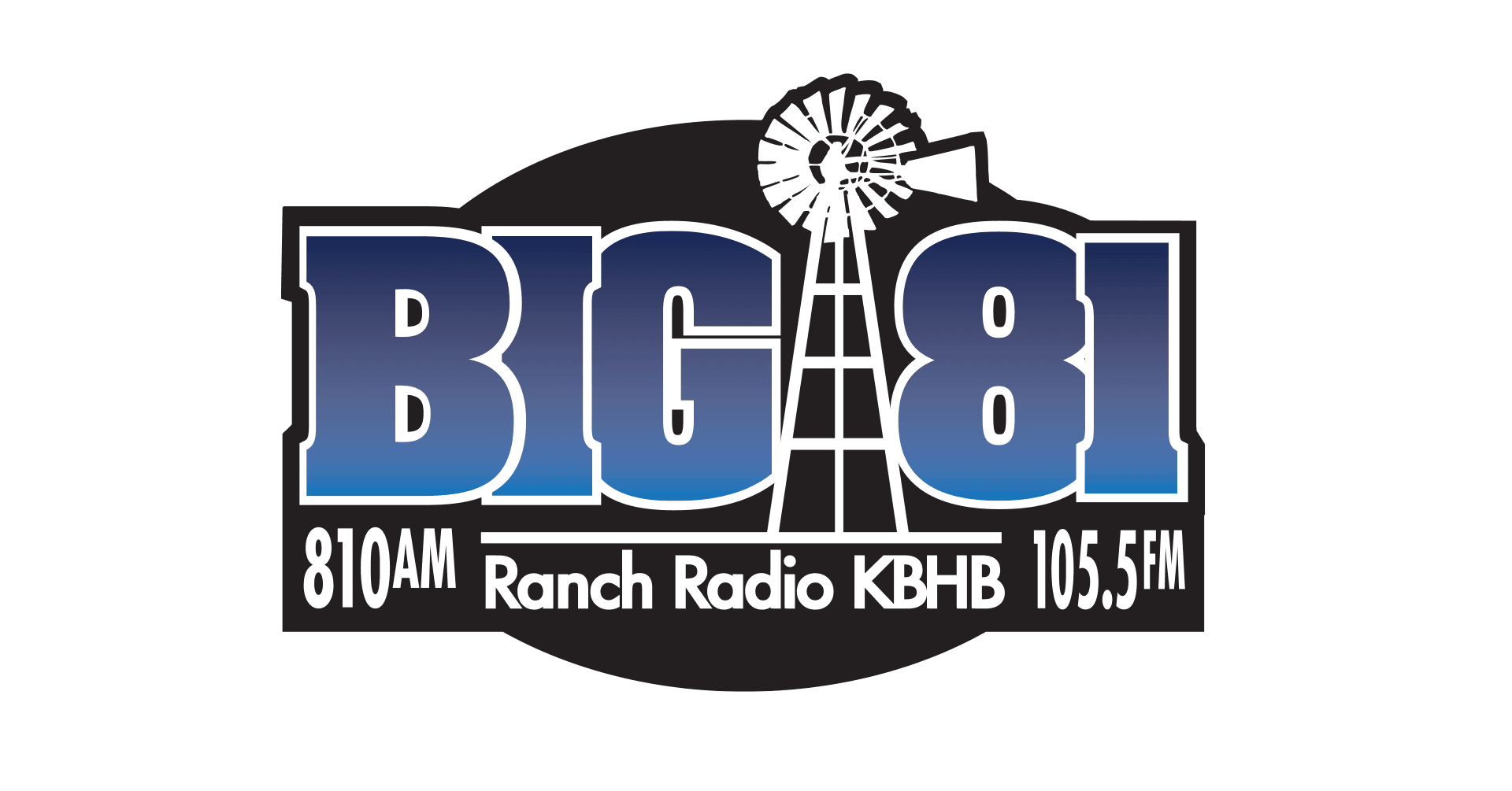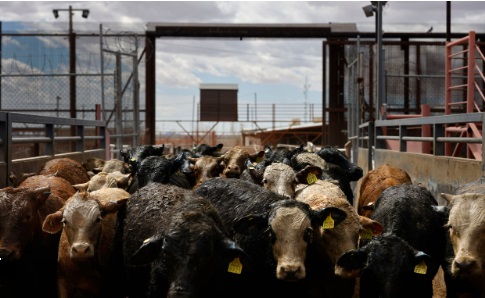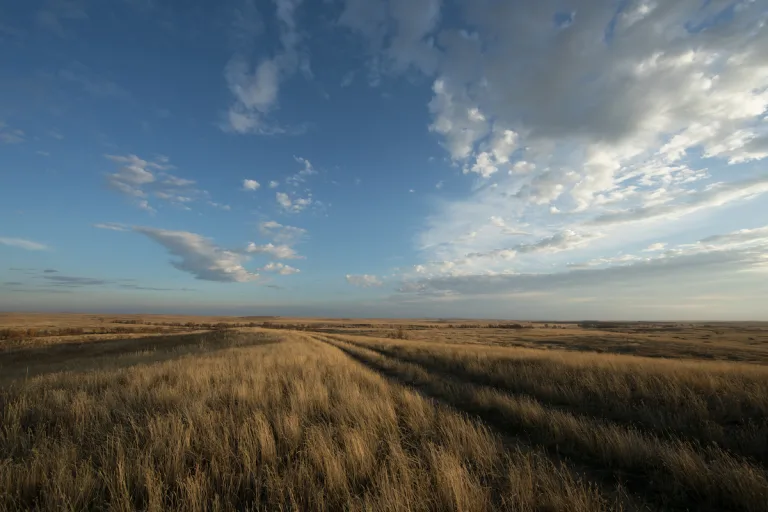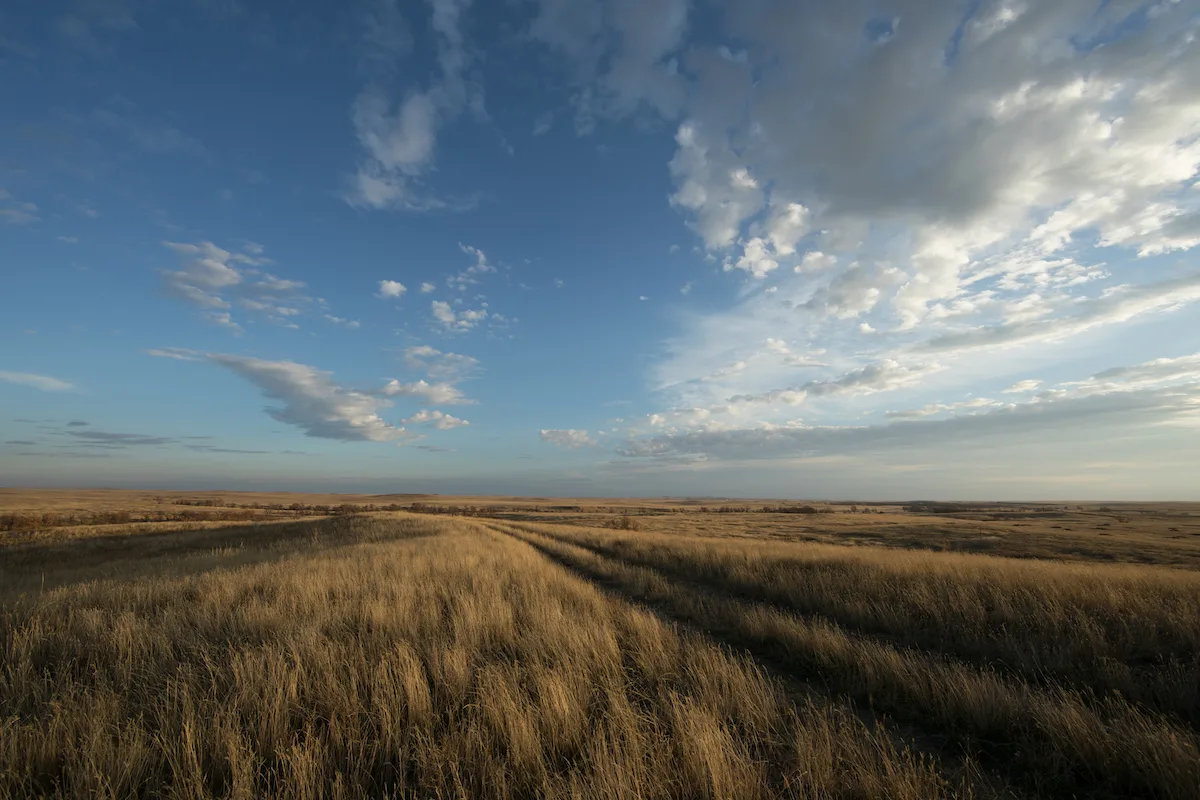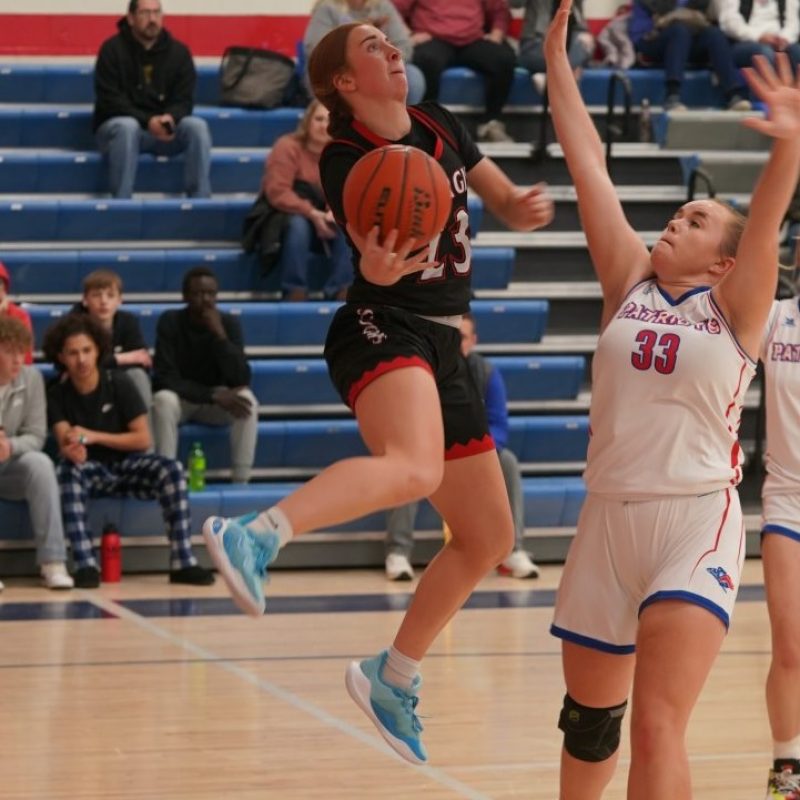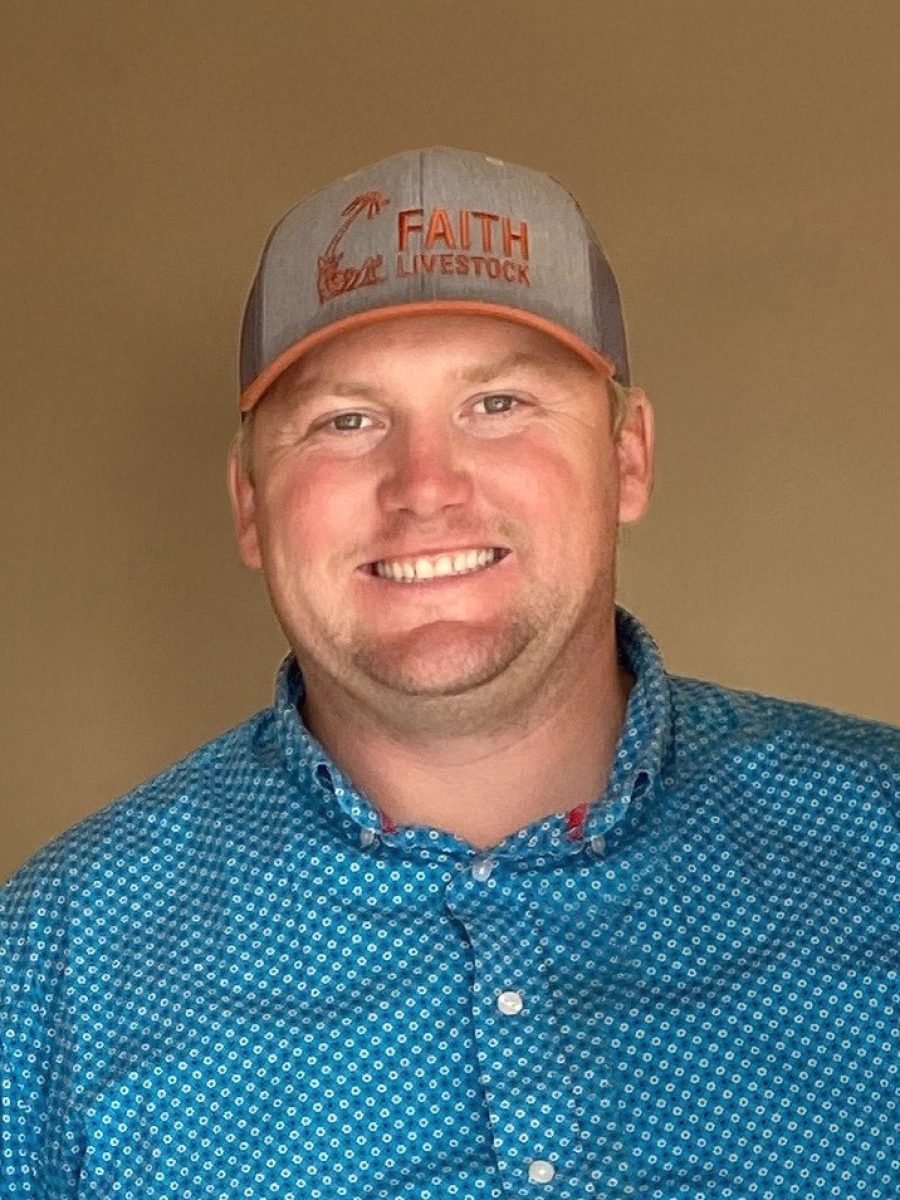WASHINGTON, DC – On Friday, the administration announced details of the new $14-billion-dollar Coronavirus Food Assistance Program, or CFAP2, that will provide direct payments to farmers and ranchers to partially offset COVID-19-related losses for producers.
This follows an estimated $10 billion in support provided to cattle, hog, dairy, non-specialty crop, specialty crop and other producers to offset COVID-19 related losses experienced through mid-April 2020. Sign-up for CFAP2 runs Sept. 21 through Dec. 11 through USDA’s Farm Service Agency county offices.
CFAP2 payments will be broken into three categories: price trigger commodities, flat-rate commodities and sales commodities. In order to qualify for a payment under the price trigger commodity category, the commodity must have suffered a 5%-or-greater national price decline based on a comparison of the average prices for the weeks of Jan. 13-17, 2020, and July 27-31, 2020.
Flat-rate crops either do not meet the 5%-or-greater national price decline trigger noted above or do not have data available to calculate a price change. These row crops without price information will be eligible for a $15-per-acre base payment.
Sales commodities include specialty crops, aquaculture and other commodities not included in the price trigger and flat-rate categories. For sales commodities, payment calculations will be based on a producer’s 2019 sales.
Of the $14 billion dollars in CFAP2 support, USDA’s cost-benefit analysis estimates corn producers will receive $3.5 billion, or 25% of the total CFAP2 resources. Following corn, beef cattle producers are expected to receive $2.8 billion, or 20% of CFAP2 funding. Dairy farmers are expected to receive $2 billion, or 14% of the available support. Hog producers are estimated to receive $1.7 billion or 12% of CFAP2. Soybean producers are estimated to receive $1.4 billion, or 10% of the funds. Wheat, flat-rate crops, eggs and other commodities are expected to receive $2.5 billion, or 18% of the CFAP2 support.
Row crops eligible for CFAP2 include: alfalfa, amaranth grain, barley, buckwheat, canola, corn, extra long staple cotton, upland cotton, crambe (colewort), einkorn, emmer, flax, guar, hemp, indigo industrial rice, kenaf, khorasan, millet, mustard, oats, peanuts, quinoa, rapeseed, rice, sweet rice, wild rice, rye, safflower, sesame, sorghum, soybeans, speltz, sugar beets, sugarcane, sunflowers, teff, triticale and all classes of wheat. Hay, except alfalfa, and crops intended for grazing are ineligible for CFAP2.
Payments for eligible row crops included in the price trigger payment category will be equal to the greater of:
Eligible acres of the crop multiplied by a rate of $15 per acre; OR
Eligible acres of the crop multiplied by a nationwide crop marketing percentage, multiplied by a crop-specific payment rate, and then by the producer’s weighted 2020 actual production history approved yield. If the APH is not available, 85% of the weighted 2019 Agriculture Risk Coverage-County Option benchmark yield for that crop will be used.
Crop Payment: Max [Eligible Acres X $15/acre], [Eligible Acres X marketing % X CCC Rate X (2020 APH OR 85% ARC-CO Yield)]
Essentially, there is a $15-per-acre floor for price-trigger row crops. Figure 2 highlights the effective payment rate for select row crops, defined as the crop marketing percentage multiplied by the crop-specific payment rate.
Payments for eligible row crops included in the flat-rate payment category will be equal to eligible acres of the crop multiplied by a rate of $15 per acre. Eligible acres include the producer’s share of the determined acres, or reported acres if determined acres are not present, excluding prevented planting and experimental acres.
Row crops eligible for CFAP2 in the flat-rate payment category include: alfalfa, amaranth grain, buckwheat, canola, extra long staple cotton, crambe (colewort), einkorn, emmer, flax, guar, hemp, indigo industrial rice, kenaf, khorasan, millet, mustard, oats, peanuts, quinoa, rapeseed, rice, sweet rice, wild rice, rye, safflower, sesame, speltz, sugar beets, sugarcane, teff, and triticale.
Livestock eligible for CFAP2 include: beef cattle, hogs and pigs, and lambs and sheep. Producers of these livestock are eligible for payments categorized as price trigger commodities.
Specialty livestock are also considered eligible for payments under CFAP2, but under the sales commodity category discussed later in this article. All equine, animals raised for breeding stock, companion or comfort animals, pets, and animals raised for hunting or game purposes are ineligible for CFAP2.
Dairy producers are also eligible for CFAP2, with cow milk being classified as a price trigger commodity and goat milk being classified as a sales-based commodity.
For beef cattle, hogs and pigs, and lambs and sheep, payments will be equal to the highest-owned inventory of eligible livestock, excluding breeding stock, on a date selected by the eligible producer from April 16, 2020, through August 31, 2020, multiplied by the Commodity Credit Corporation payment rate.
For beef cattle, payments will be equal to the producer’s maximum owned inventory of eligible beef cattle on the selected date multiplied by the number of payment limitations for the producer, multiplied by the payment rate of $55 per head.
For hogs and pigs, payments will be equal to the producer’s maximum owned inventory of eligible hogs and pigs on the selected date, multiplied by the number of payment limitations for the producer, multiplied by the payment rate of $23 per head.
For lambs and sheep, payments will be equal to the producer’s highest owned inventory of eligible lambs and sheep on the selected date multiplied by the payment rate of $27 per head.
Beef: [Maximum Inventory] X [payment limitations] X [$55/hd]
Hogs and Pigs: [Maximum Inventory] X [payment limitations] X [$23/hd]
Lambs and Sheep: [Maximum Inventory] X [$27/hd]
Payments for cow milk will be equal to the sum of the producer’s total actual milk production from April 1, 2020, to August 31, 2020, multiplied by the payment rate of $1.20 per hundredweight; and the producer’s estimated milk production from Sept. 1, 2020, to Dec. 31, 2020 (based on the daily average production from April 1, 2020, through August 31, 2020, multiplied by 122) multiplied by a payment rate of $1.20 per hundredweight. When simplified, the payment for milk producers is estimated at $2.16 per hundredweight multiplied by April through August milk production.
Milk: [actual production Apr. through Aug. X $1.20/cwt] + [estimated production Sept. through Dec. X $1.20/cwt]
CFAP2 payments are available for eligible producers of broilers and eggs, which are categorized as price trigger commodities. Eggs eligible for CFAP2 include dried, frozen, liquid and shell.
As in the first CFAP program, producers raising animals under contract for another entity are ineligible and will not receive a payment for CFAP2. However, if a grower retains price risk in the production of the commodity, they will be eligible for CFAP2.
For broilers, payments will be equal to 75% of the producer’s 2019 broiler production multiplied by the payment rate of $1.01 per head. Payments for broiler producers who began farming in 2020 and had no production in 2019 will be based on the producer’s actual 2020 broiler production as of the date the producer submits an application for payment. Payments for eggs will be equal to 75% of the producer’s 2019 egg production multiplied by the CCC payment rate. Payments for egg producers who began farming in 2020 and had no production in 2019 will be based on the producer’s actual 2020 egg production as of the producer’s application date.
Broilers: [75% X 2019 production] X [$1.01/hd]
Shell Eggs: [75% X 2019 production] X [$0.05/dzn]
Liquid Eggs: [75% X 2019 production] X [$0.04/lb]
Dried Eggs: [75% X 2019 production] X [$0.14/lb]
Frozen Eggs: [75% X 2019 production] X [$0.05/lb]
Sales Commodities
Sales commodities include specialty crops, aquaculture, nursery crops and floriculture, and other commodities not included in the price trigger and flat-rate categories, such as tobacco, goat milk, mink, mohair, wool, and specialty livestock not included under the price trigger category that were grown for food, fiber, fur or feathers.
Specialty livestock eligible for CFAP2 consists of animals commercially raised for food, fur, fiber or feathers and includes: alpacas, bison, buffalo, beefalo, deer, ducks, elk, emus, geese, goats, guinea pigs, llamas, mink (including pelts), mohair, ostrich, pheasants, quail, rabbits, reindeer and turkey. Specialty livestock excludes all equine, breeding stock, companion or comfort animals, pets and animals raised for hunting or game purposes.
Payment calculations will use a sales-based approach, where producers are paid based on five different payment percentages associated with their 2019 sales. Payments for aquaculture eligible for CFAP2 will be based on the producer’s 2019 sales of eligible commodities and will be equal to the amount of the producer’s eligible sales in calendar year 2019, multiplied by the payment rate for that range.
Other Considerations
Participation in CFAP2 is subject to payment limitations of $250,000 per person or entity for all commodities combined. Applicants who are corporations, limited liability companies or limited partnerships may qualify for additional payment limits when members actively provide personal labor or personal management for the farming operation.
In addition, this special payment limitation provision has been expanded to include trusts and estates for both CFAP 1 and 2. Producers will also have to certify they meet the adjusted gross income limitation of $900,000 unless at least 75% or more of their income is derived from farming, ranching or forestry-related activities. Producers must also be in compliance with Highly Erodible Land and Wetland Conservation provisions.
Commodities not included specifically in CFAP2 can still petition to be included. USDA indicated that if an agricultural operation has been impacted by the pandemic since April 2020, they are still encouraged to apply for CFAP2.
Summary
The second round of the Coronavirus Food Assistance Program helps producers offset COVID-19-related price declines for livestock, dairy, and specialty and non-specialty crops. Sign-up for the $14 billion in direct support to farmers runs from Sept. 21 through Dec. 11.
Producers interested in signing up can do so at USDA’s FSA county offices. Additional details about requirements for program participation can be found on USDA’s CFAP website, www.farmers.gov/cfap.
